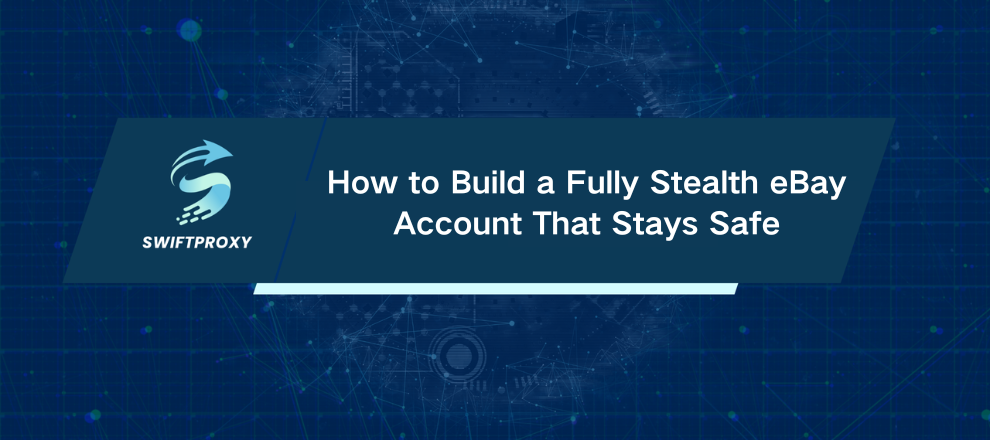Unlock Hidden Data with Selenium Scraping Magic

The web isn't just a collection of pages anymore. It's a living, breathing ecosystem of dynamic content, interactive interfaces, and constantly updating data. Static HTML? That's practically history. Today, the real gold lies hidden behind JavaScript-driven frameworks—content that only appears after user interactions or asynchronous loads.
For anyone relying on data—developers, marketers, or data scientists—this presents a massive challenge. Most traditional scraping tools simply hit a wall. They grab the HTML too early, leaving you staring at blank spaces instead of the insights you need.
Enter Selenium scraping. It is not just a library but a browser automation powerhouse. With Selenium, your Python scripts act like real users. They click buttons, scroll through pages, fill forms, wait for content to load, and capture the data you need with precision.
This guide is your definitive roadmap to mastering Selenium in 2025. From setup to advanced techniques—and how to combine it with a Proxy for maximum reliability—you'll learn everything required to turn raw web pages into actionable data.
Why Selenium Scraping is a Game-Changer
At its core, Selenium automates browsers. Originally built for testing web apps, it quickly became indispensable for scraping dynamic content. Unlike requests or BeautifulSoup, which only see raw HTML, Selenium interacts with the fully rendered page.
Here's why it's essential:
JavaScript Execution: SPAs and interactive sites rely on JavaScript. Selenium runs it, giving you access to the data hidden from traditional scrapers.
User Interaction Simulation: Click buttons, navigate forms, scroll endlessly—your scripts act like humans.
Access Fully Rendered HTML: Only after all scripts have executed can you extract complete, accurate data.
In short, if the data is interactive or loaded asynchronously, Selenium isn't optional—it's mandatory.
How to Set Up Your Selenium Environment
Getting started is straightforward. You'll need Python, Selenium, and a WebDriver. Here's the no-fluff roadmap:
Step 1: Install Python
Grab the latest version from python.org if you haven't already.
Step 2: Install Selenium
pip install selenium
Step 3: Download a WebDriver
Every browser has a WebDriver. ChromeDriver is the most popular.
Check your Chrome version: Help > About Google Chrome
Download the matching ChromeDriver.
Unzip and place the executable somewhere you'll remember.
Step 4: Test Your Setup
from selenium import webdriver
driver = webdriver.Chrome(executable_path='PATH_TO_CHROMEDRIVER')
driver.get("https://www.google.com")
print("Page Title:", driver.title)
driver.quit()
If Chrome opens, navigates, prints the title, and closes—you're ready.
Real-World Selenium Scraper Example
Let's grab quotes from quotes.toscrape.com/js, a site fully rendered by JavaScript.
from selenium import webdriver
from selenium.webdriver.common.by import By
driver = webdriver.Chrome(executable_path='PATH_TO_CHROMEDRIVER')
driver.get("http://quotes.toscrape.com/js")
quote_elements = driver.find_elements(By.CSS_SELECTOR, ".quote")
quotes = []
for element in quote_elements:
text = element.find_element(By.CSS_SELECTOR, ".text").text
author = element.find_element(By.CSS_SELECTOR, ".author").text
quotes.append({'text': text, 'author': author})
driver.quit()
for quote in quotes:
print(quote)
Advanced Techniques for a Robust Scraper
Modern websites are unpredictable. Elements load asynchronously. Timing errors happen. Avoid time.sleep()—it's lazy and unreliable. Use Explicit Waits instead:
from selenium.webdriver.support.ui import WebDriverWait
from selenium.webdriver.support import expected_conditions as EC
wait = WebDriverWait(driver, 10)
quote_elements = wait.until(
EC.presence_of_all_elements_located((By.CSS_SELECTOR, ".quote"))
)
Need to interact with the page? Click buttons, fill forms, scroll:
# Click "Next"
next_button = driver.find_element(By.CSS_SELECTOR, ".next > a")
next_button.click()
# Fill search
search_box = driver.find_element(By.NAME, "q")
search_box.send_keys("web scraping")
search_box.submit()
Expanding Scraping with Proxies
Scraping hundreds or thousands of pages from a single IP is a recipe for CAPTCHAs and blocks. Enter residential proxies.
Integrate it with Selenium:
from selenium import webdriver
proxy_ip = 'your_proxy_ip'
proxy_port = 'your_proxy_port'
proxy_user = 'your_username'
proxy_pass = 'your_password'
proxy_url = f"{proxy_user}:{proxy_pass}@{proxy_ip}:{proxy_port}"
chrome_options = webdriver.ChromeOptions()
chrome_options.add_argument(f'--proxy-server=socks5://{proxy_url}')
driver = webdriver.Chrome(executable_path='PATH_TO_CHROMEDRIVER', options=chrome_options)
driver.get("http://whatismyipaddress.com")
Now your scraper behaves like a distributed network of real users—fast, consistent, and harder to block.
Best Practices for Ethical Scraping
Headless Mode: Fast, lightweight, invisible.
Respect Servers: Randomized delays prevent overload.
Identify Your Bot: Use custom User-Agent strings.
Check robots.txt: Scrape responsibly.
Conclusion
Selenium scraping in 2025 isn't optional—it's essential. By mastering navigation, element selection, explicit waits, and user interactions, you gain access to the modern web's richest data. Layer in a premium proxy, and your scraper evolves from a simple script to a robust, professional-grade data machine.

















































